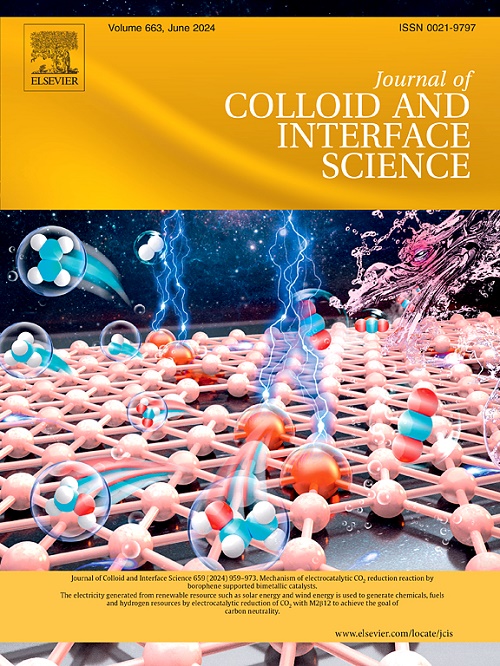Insight into the performance of VOx-WOx/TiO2 catalysts modified by various cerium precursors: A combined study on synergistic NOx and chlorobenzene removal
IF 9.4
1区 化学
Q1 CHEMISTRY, PHYSICAL
引用次数: 0
Abstract
Cerium is widely used as a modifier to enhance the catalytic performance of the selective catalytic reduction (SCR) catalysts due to its exceptional low-temperature properties. However, the effects of different cerium precursors on catalytic performance remains unclear. In this study, VOx-WOx/TiO2 catalysts are modified using Ce(NO3)3·6H2O (cata-N), CeO2 (cata-O), and Ce(OH)4 (cata-OH), and their synergistic removal of NOx and chlorobenzene (CB), as well as their resistance to water and sulfur poisoning, were systematically investigated. Among the tested catalysts, cata-N demonstrated superior CB (45.0–93.3 %) and NOx (31.9–90.37 %) removal efficiencies under synergistic conditions, along with excellent water resistance (T90 = 193 °C with 5 % H2O). In contrast, cata-OH exhibited the highest sulfur resistance, maintaining a denitrification efficiency of 20 % after 10 h of sulfur exposure, compared to 9 % for cata-N and 8 % for cata-O. Characterization revealed that Ce(NO3) 3·6H2O improved cerium dispersion, leading to enhanced the redox properties and acidity (especially Brønsted acid sites (BAS)) in cata-N. Density functional theory (DFT) calculations and In-situ Diffuse Reflectance Infrared Fourier Transform Spectroscopy (In-situ DRIFTS) results revealed that the well-dispersed cerium atoms contributed additional BAS in the form of Ce–OH, while also forming Ti–O–Ce bonds. These Ti–O–Ce bonds facilitated the formation of Ti–OH on the TiO2 surface. Ti–OH significantly enhanced the adsorption of NH3 and CB, thereby promoting both the NH3-SCR and CB oxidation processes. This study offers new insights into the role of cerium precursors and provides a practical strategy for tuning BAS of catalysts in multiple pollutants removal.

求助全文
约1分钟内获得全文
求助全文
来源期刊
CiteScore
16.10
自引率
7.10%
发文量
2568
审稿时长
2 months
期刊介绍:
The Journal of Colloid and Interface Science publishes original research findings on the fundamental principles of colloid and interface science, as well as innovative applications in various fields. The criteria for publication include impact, quality, novelty, and originality.
Emphasis:
The journal emphasizes fundamental scientific innovation within the following categories:
A.Colloidal Materials and Nanomaterials
B.Soft Colloidal and Self-Assembly Systems
C.Adsorption, Catalysis, and Electrochemistry
D.Interfacial Processes, Capillarity, and Wetting
E.Biomaterials and Nanomedicine
F.Energy Conversion and Storage, and Environmental Technologies

 求助内容:
求助内容: 应助结果提醒方式:
应助结果提醒方式:


